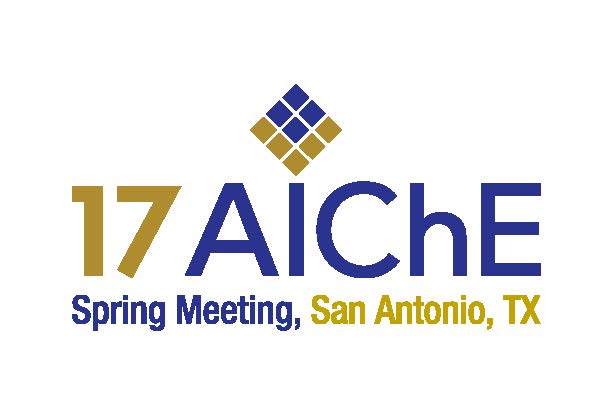

Reliance on compliance with prescriptive regulations is no guarantee of preventing major incidents. No regulator anywhere has ever thought of everything that can cause a process safety incident and then written a regulation to safeguard against that occurrence. Good process safety requires that hazards are identified, the risks of these hazards are understood, and those risks are managed by “doing the right thingâ€. This frequently requires additional activities that go beyond regulatory compliance.
In 2007, CCPS introduced Risk Based Process Safety (RBPS), which builds on lessons learned since the early 1980s, and applies management system principles of Plan, Do, Check, Act. Being risk-based, RBPS is not prescriptive. It recognizes that all hazards and risks are NOT equal, and focuses more resources on the higher hazards and risks that have been identified. This enables finite company resources to be optimally deployed to efficiently improve process safety performance. The twenty elements of RBPS go beyond OSHA PSM to include other elements, such as risk analysis and performance metrics.
Some companies have embraced RBPS and moved away from compliance-driven process safety management systems. However, RBPS is primarily focused on process plant operations. While some elements of RBPS can be applied to large and small projects, RBPS and its guidance doesn’t comprehensively address projects or certain other aspects of process safety.
The paper highlights process safety elements for which no RBPS guidance is currently available, and discusses the application of a more comprehensive RBPS approach to fill these gaps.
Presenter(s)
Language
Pricing
Individuals
| AIChE Member Credits | 0.5 |
| AIChE Pro Members | $19.00 |
| Employees of CCPS Member Companies | Free |
| AIChE Graduate Student Members | Free |
| AIChE Undergraduate Student Members | Free |
| AIChE Explorer Members | $29.00 |
| Non-Members | $29.00 |
